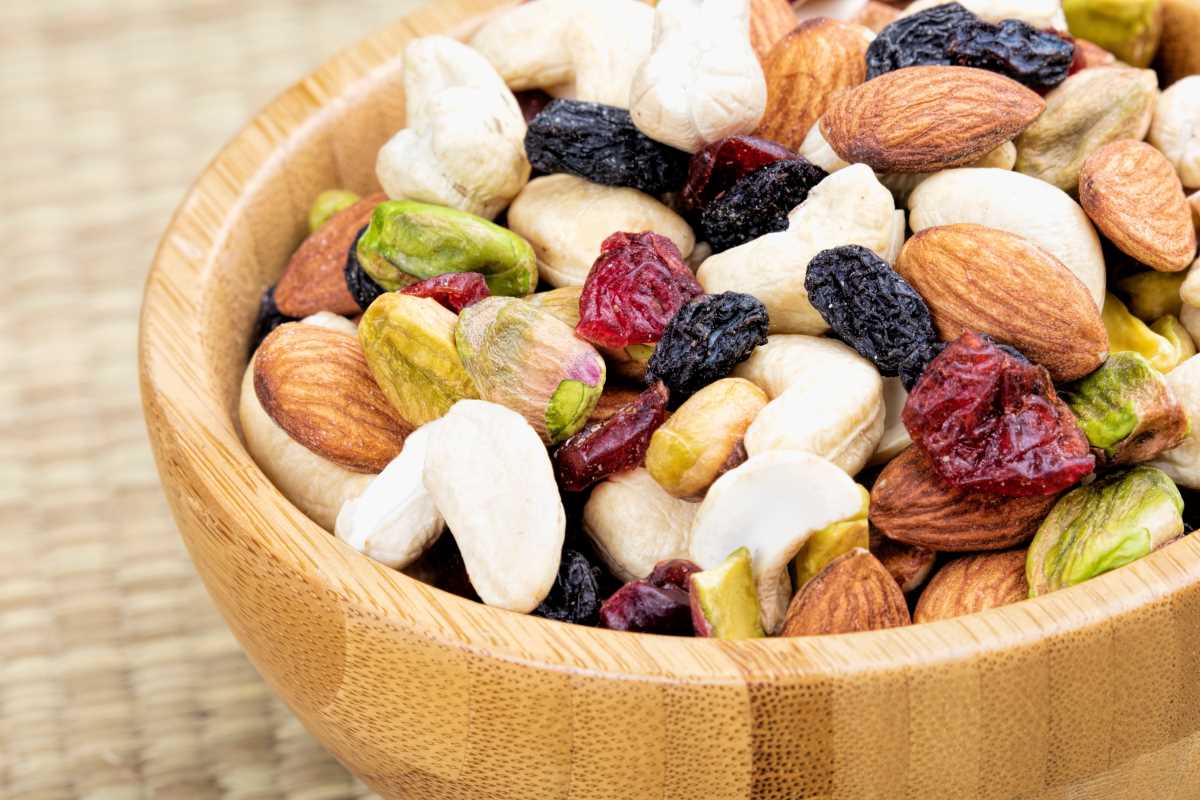Small changes to your shopping habits can make healthy eating simple and enjoyable. You will still savor creamy dishes, hearty bites, and satisfying crunch without relying on animal products or heavily processed foods. By choosing wholesome alternatives, you reduce saturated fat intake and increase your consumption of fiber, vitamins, and minerals. Swapping out just a few ingredients can leave you feeling more energized and content after every meal, all while supporting your overall well-being. With these easy substitutions, nourishing your body becomes a natural part of your daily routine, making better choices effortless and delicious.
Here, you’ll explore five top plant-focused switches that blend taste and nutrition. Each option comes with tips for success in the kitchen, whether you cook for yourself, your family, or friends. By the end, you’ll know exactly what to pick up at the grocery store and how to use each ingredient to its fullest potential.
Swap 1: Dairy Milk for Plant-Based Milks
Choosing a plant-based milk not only trims saturated fat but also offers a wide range of flavors and nutrients. Many brands fortify their products with calcium, vitamin D, and B12, so you won’t miss out on important vitamins.
- Almond Milk: Light texture, low calories—great in cereal or coffee.
- Oat Milk: Naturally sweet and creamy, perfect for baking and frothing.
- Soy Milk: High in protein, ideal for smoothies or savory sauces.
- Tip: Shake well before pouring to mix any settled solids back in.
- Tip: Try unsweetened options to control sugar intake and add your own honey or maple syrup if needed.
Replacing regular dairy makes breakfast or dessert feel fresh and exciting. Feel free to experiment with blends—for example, mixing oat with pea milk in coffee delivers a latte-worthy froth.
Legumes Replace Meat Proteins
Legumes such as beans, lentils, and chickpeas pack protein, fiber, and even iron. You will save money, reduce cholesterol intake, and enjoy a variety of textures in soups, salads, and main dishes.
- Cooking Methods:
- Simmer dried beans with spices like cumin and garlic for deep flavor.
- Use canned lentils or drained chickpeas for quick weeknight meals.
- Serving Ideas:
- Mix black beans into tacos or burrito bowls.
- Add green lentils to grain bowls with roasted veggies.
- Mash chickpeas for sandwiches or Mediterranean-style wraps.
Legumes adapt easily to seasoning. If you love a smoky vibe, stir in paprika or chipotle powder. For a zesty finish, squeeze fresh lemon or lime right before serving.
Choose Whole Grains Instead of Refined Grains
Opt for whole grains like brown rice, quinoa, or farro to add fiber, B vitamins, and a satisfying chew to meals. These grains digest more slowly and help stabilize your energy levels throughout the day.
Start by swapping white rice for brown rice or cauliflower rice for lighter dishes. Experiment with toasted quinoa—heat it dry in a pan until it smells nutty, then cook it in broth for extra flavor. Use whole wheat pasta in your favorite tomato sauce to boost fiber without sacrificing taste. Each small change helps reduce blood sugar spikes and keeps you feeling full longer.
Replace Regular Snacks with Nutrient-Rich Options
Instead of reaching for chips or candy, keep these easy-to-grab options on hand. They provide a boost of nutrition without dulling your energy.
Try air-popped popcorn tossed with a drizzle of olive oil and a sprinkle of nutritional yeast for a cheesy flavor. Pack trail mix combining nuts, seeds, and dried fruit for a balanced blend of healthy fats, protein, and natural sweetness. Rice cakes topped with avocado or hummus make a crunchy, savory snack that holds you until dinner.
Switch to Heart-Healthy Oils
Using different cooking oils can cut back on saturated fats and add more beneficial unsaturated fats into your diet. While butter and coconut oil have their uses, reserve them for occasional recipes that truly benefit from their flavor.
Use extra-virgin olive oil for salad dressings and low-heat sautéing. Turn to avocado oil for high-heat cooking like stir-fries or pan-seared vegetables. If you crave a nutty accent, try walnut or flaxseed oil in cold preparations—drizzle them over roasted roots or blend into salad dressings. These swaps support heart health and add subtle, rich flavors to your dishes.
Smart Shopping Advice
- Plan Meals: Note recipes for the week and list ingredients by category—grains, proteins, produce, and pantry staples.
- Shop the Perimeter: Focus on fresh produce, dairy alternatives, and proteins first. Visit the inner aisles for whole grains and legumes.
- Read Labels: Opt for products with minimal ingredients. Look for “fortified” on plant milks and high-fiber whole grains.
- Buy in Bulk: Stock up on legumes and grains to save money and reduce packaging waste.
- Seasonal Produce: Select fruits and veggies in season for peak taste and value.
Planning ahead helps prevent you from resorting to less healthy choices when hunger strikes. A streamlined list and knowledge of shelf-stable staples make shopping trips easier.
Making these five swaps and shopping intentionally will boost your confidence and enjoyment of plant-based meals. Each change adds new flavors and health benefits to your cooking.







